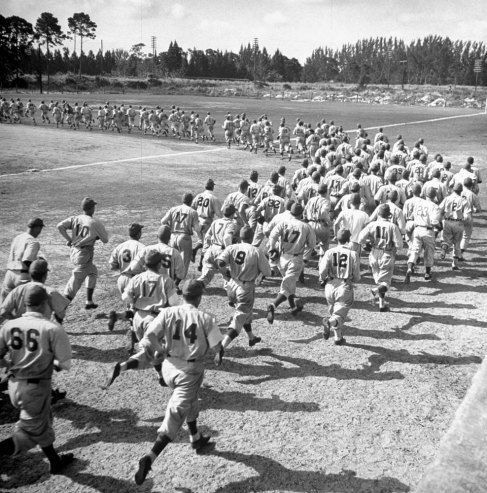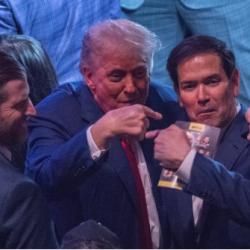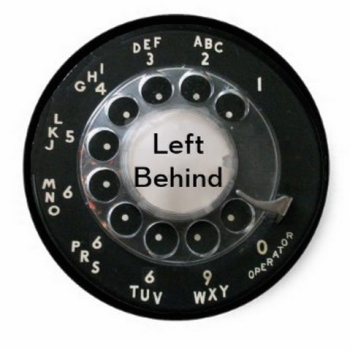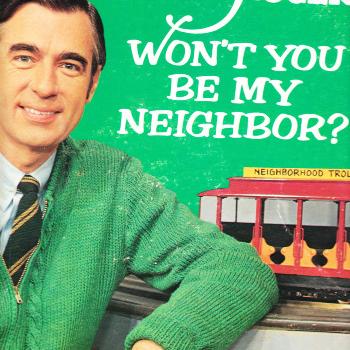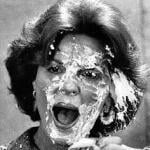John Fea directs us to this terrific LIFE magazine photo album from Dodgertown, spring training in Vero Beach, Fla., in 1948.
That photo is by LIFE’s George Silk, and there are plenty more at the gallery linked above.
This was spring training the year after Jackie Robinson broke the color barrier in Major League Baseball — the year after the big year of 1947 and Jackie and Larry Doby and the major milestone of baseball’s first black players.
But while the playing fields of Dodgertown were integrated in 1948, the rest of Vero Beach — and the rest of spring training — was not.
This was still the segregated South. This was still Jim Crow.
And it would stay that way for another 14 seasons — until after the Dodgers left Brooklyn for Los Angeles, until years after Jackie Robinson retired.
Jackie Robinson integrated baseball in 1947, and by 1960, every team had black players. But every team still had spring training, and spring training means heading south.
Bill White, who was an All Star and Gold Glover for the St. Louis Cardinals in the 1950s and ’60s, described what that meant in an article for CNN.com a few years ago:
When I started playing for the Cardinals in 1959, the team’s black players — great players like Bob Gibson, Curt Flood, George Crowe and others — weren’t allowed to stay in the team hotel during spring training in St. Petersburg, Florida. Instead we were put up in a boarding house in the “black section” of town.
Restaurants, hotels, swimming pools, bathrooms, drinking fountains, even the stands in the spring training ballparks we played in were segregated. The only place we could hang out with our white teammates was in the locker room and on the field.
Most baseball fans think of players like Gibson and Flood as members of the next generation — black superstars who played in the years after segregation and the color barrier. But for much of their career, such players spent every spring living under the segregated system of Jim Crow.
Hank Aaron, Willie Mays, Frank Robinson, Ernie Banks, Juan Marichal, Roberto Clemente, Orlando Cepeda and Willie McCovey are players we tend to think of as coming after all of that. But for many years for all of them, spring training meant segregated restaurants, hotels and bathrooms.
When we think of segregation and baseball, we think of it as something long, long ago, but segregated spring training was part of the baseball career of players like Dick Allen, Willie Stargell, Lou Brock, Tony Perez, Donn Clendenon, and Matty, Felipe and Jesus Alou.
Bill White describes how that eventually changed:
In 1961, some black players — me included — began to speak out publicly against the off-the-field segregation we had to endure during Florida spring training.
It wasn’t an easy thing to do. This was before baseball free agency, a time when the “reserve clause” gave team owners complete control over a player’s career. A player who was thought to be too outspoken — the word “uppity” was sometimes used — ran the risk of being sent down to the minors or released. But we felt it had to be done.
It worked. As the story went national, pressure built on major league teams to do something. In the Cardinals’ case, when the team hotel in St. Petersburg still refused to admit blacks, the team leased a small beachfront motel for the entire team. Soon people were driving by to gawk at the then-unprecedented sight — in the Deep South, anyway — of black men and white men and their families living together, eating together, even swimming in the same pool together.
It took a couple of years, but according to Harry Kingman,* 1962 was the last year any of the teams had segregated facilities for spring training.
Even then, though, the teams’ integrated facilities were still down south under Jim Crow. Dodgertown was desegregated in 1961, but the rest of Vero Beach wouldn’t be for several more years.
– – – – – – – – –
* Kingman, a former ballplayer, supported the black players’ efforts to desegregate spring training through his advocacy group, The Citizens’ Lobby for Freedom and Fair Play. Referring to Kingman as a former ballplayer doesn’t begin to tell the story, though. He started only one game, going 0-for-3 with a walk for the 1914 Yankees. Baseball-wise he is remembered only as the lone Major Leaguer to have been born in China. He left after one season to become a missionary in Shanghai, where he also coached baseball. He got booted out of there for upsetting the colonial authorities for all the right reasons, so in 1927, while his former team was dominating the American League, he was coaching baseball in Japan. … Go read Bob Timmerman’s SABR bio of Kingman for a look at a long and fascinating life. “Son, if I’d only gotten to be a doctor for five minutes… now that would have been a tragedy.”


